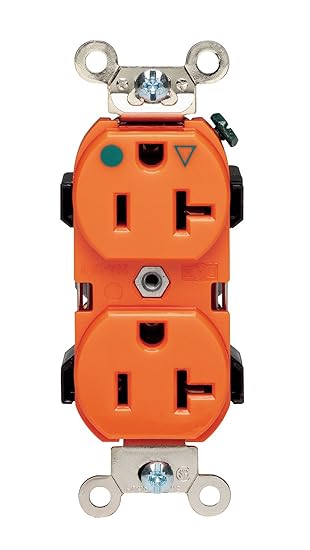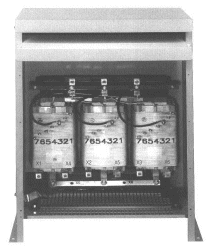Jon Light wrote: is line filtering even relevant to digital recording?
I would venture to say that if you use a laptop which has low voltage filtered/regulated power/autovolt power supplies, the digital operation of your DAW would not likely be affected.
The distortion would happen in or after the converters I surmise the DAC (digital to analog converters)
But let me back up and say this; using a cheap wall wart to power an outboard drive to play back movies into a flat screen, I did notice that using a regulated pro video 12 volt power supply to the drive resulted in a clear picture even if the screen was plugged into a wall outlet AC. The drive "performed" better to my surprise. So go figure.
But you can't interpret digital as you're not a robot and analog audio and video is what you monitor with being a human. Your music out of speakers, your computer screen are not digital software, it is all analog. That is where the noise and signal distortion is apparent and if your line is dirty, you have a smart meter installed by your government on your home (opt out) you won't get a good representation in the audio and video realm because of polluted power.
Besides spurious frequencies introduced into your house current lines and who knows what else as AC can be used to send audio as these digital meters are designed to send reading signals to the meter reader without having to view your meter, a smart meter did this:

To be safe, filter and balance your power lines going to the studio for all your audio/video gear. Don't just think your AC coming off the pole or if you have buried lines is going to be clean and running at the voltages your equipment needs.
These days power companies are experimenting with running odd voltages and don't really care if your equipment is needing a specific voltage.
Power companies were supposed to guarantee stable 60hz but I think they are varying that even these days. If the Hz is not exact your analog equipment will be affected, you will hear different audio if your Hz is below or above 60hz. Some companies make frequency converters. We use them in Hammond organs to keep the Hz at 60hz because that is how the organ maintains its pitch for most countries running 60hz AC.
Voltage regulators are good at keeping voltage stable BUT they present noise in audio equipment!
What you would need if you want to do it properly is after any automatic voltage regulator, an
Isolation Transformer This then filters much noise and improves things like video resolution as well as audio on the analog side, after the digital converters, your amps and speakers as that is what is your connection with the digital world.

A cheap line conditioner depending on the quality will not always work. Many of them are a big metal box with just a capacitor inside which takes away clicks and pops. Be alert though that spike/surge filters can be dangerous in a studio as fires have resulted to studios from these power strips with spike/surge suppressor filters. The circuit catches fire in those.
An isolation transformer there are cheap ones but the expensive ones are the ones that do the job especially in a studio setting.
Another thing to look at is having a dedicated line away from your home circuits that run air conditioners, motors, refrigerators, a separate breaker box for the studio alone with "clean" AC lines as well as a "dirty" AC line breaker box. You want to plug into your "clean" AC lines isolated from the dirty side with the motors and preferably an Isolation Transformer, and then run lights, vacuum cleaners, fans on your dirty lines.
Note: if you use compact fluorescent lights, be aware that those lights were back door engineered to send signals to your computer so how they are adding pollution to your audio. It has all to do with smart meters and these "new" lights. Even LEDS, I wonder about how those are working behind the scenes as an infra red led in your TV remote can send and receive signals now don't they..
Use good grade AC wire and good outlets for studio purposes. Hospital grade outlets are something to consider.

Most pro studios go to this extent to quiet the studio.
Another thing to consider, when the studio was built to install a Faraday cage, lining the walls, ceilings, floors with a shielding material, even heavy duty aluminum foil if not thin aluminum plate for the lower cost vs copper foil, and there are other materials that get real expensive for shielding, throughout before your acoustic wall treatment all electrically tied to each other and then tied to earth ground with a grounding rod buried into the earth about an 8 foot length.
Home Depot sells grounding rods that are copper tipped.. looks like a long spear.

This device is an isolation transformer seen a lot in pro audio live situations.

Here is a wall cabinet from Equi=tech a company that provides line filtering to studios, mastering suites:

They also make isolation transformers:

Here is their smaller capacity rack mount isolation transformer Son of Q:

The next best thing would be to generate your own power with your own gen set, not connected to the city grid which is why most pro concerts use gen sets to run their audio and lights not just for the clean stable power but for a power outage killing the concert.

These gen sets are so quiet you can't even tell they are running.








